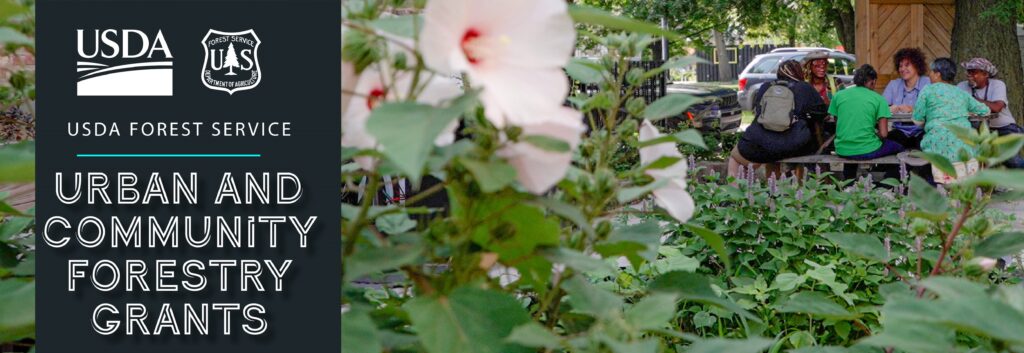
The Wisconsin Department of Natural Resources (DNR) recently announced it is accepting applications for the Urban Forestry Inflation Reduction Act grant program. The program, which launched in January, uses federal funds to support projects that positively impact trees and people within disadvantaged communities* in Wisconsin.
The DNR is hosting a webinar on March 14 at 1 p.m. to provide an overview of the application and answer questions. A link to register is available on the DNR Urban Forestry Inflation Reduction Act Grants webpage. The application deadline is June 3, 2024.
Potential projects may involve conserving, protecting, expanding or improving urban forests. Examples include tree planting, hazard tree removal and pest control. Projects can also be capacity-building endeavors, such as urban forestry management plans, tree inventories and public education.
Cities, villages, towns, counties, tribes and 501(c)(3) nonprofit organizations conducting their projects in Wisconsin may apply for an Urban Forestry Inflation Reduction Act grant. Eligible projects must occur in or benefit those living in disadvantaged communities as identified by the DNR on this map and list.
Continue reading “DNR Seeking Applications For Urban Forestry Inflation Reduction Act Grants: Submit Applications By June 3” →

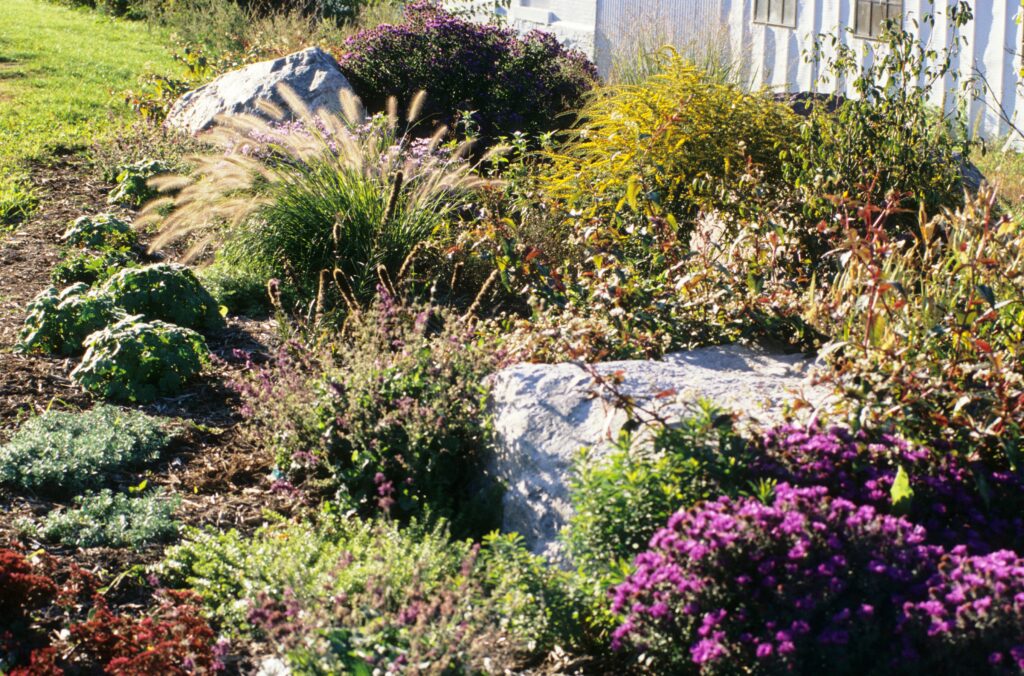
 The Daybreak Fund was launched in 2023 to advance nature-based solutions to climate change in the Western Lake Michigan region. Geographically, the Daybreak Fund targets watersheds within the Lake Michigan Basin in Wisconsin and in Lake County in far northern Illinois. After making an
The Daybreak Fund was launched in 2023 to advance nature-based solutions to climate change in the Western Lake Michigan region. Geographically, the Daybreak Fund targets watersheds within the Lake Michigan Basin in Wisconsin and in Lake County in far northern Illinois. After making an  The Wisconsin Forestry Center (WFC) is seeking forestry professionals to create 90-second videos showing an authentic representation of a day in your life as you go about your job duties. The videos will be posted on the WFC’s
The Wisconsin Forestry Center (WFC) is seeking forestry professionals to create 90-second videos showing an authentic representation of a day in your life as you go about your job duties. The videos will be posted on the WFC’s 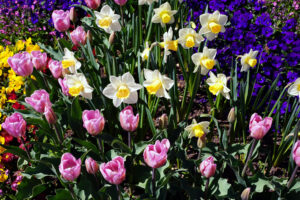
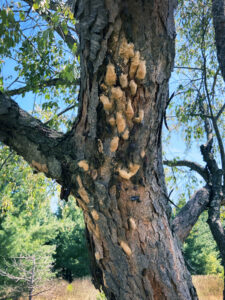

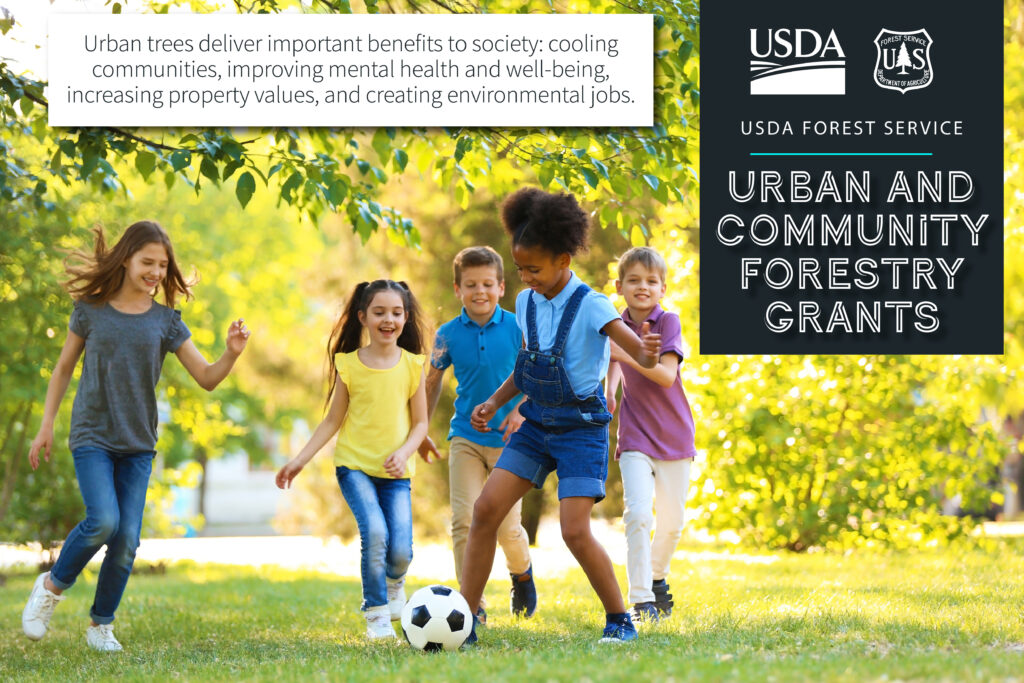 The Urban Forestry Inflation Reduction Act grant program uses
The Urban Forestry Inflation Reduction Act grant program uses